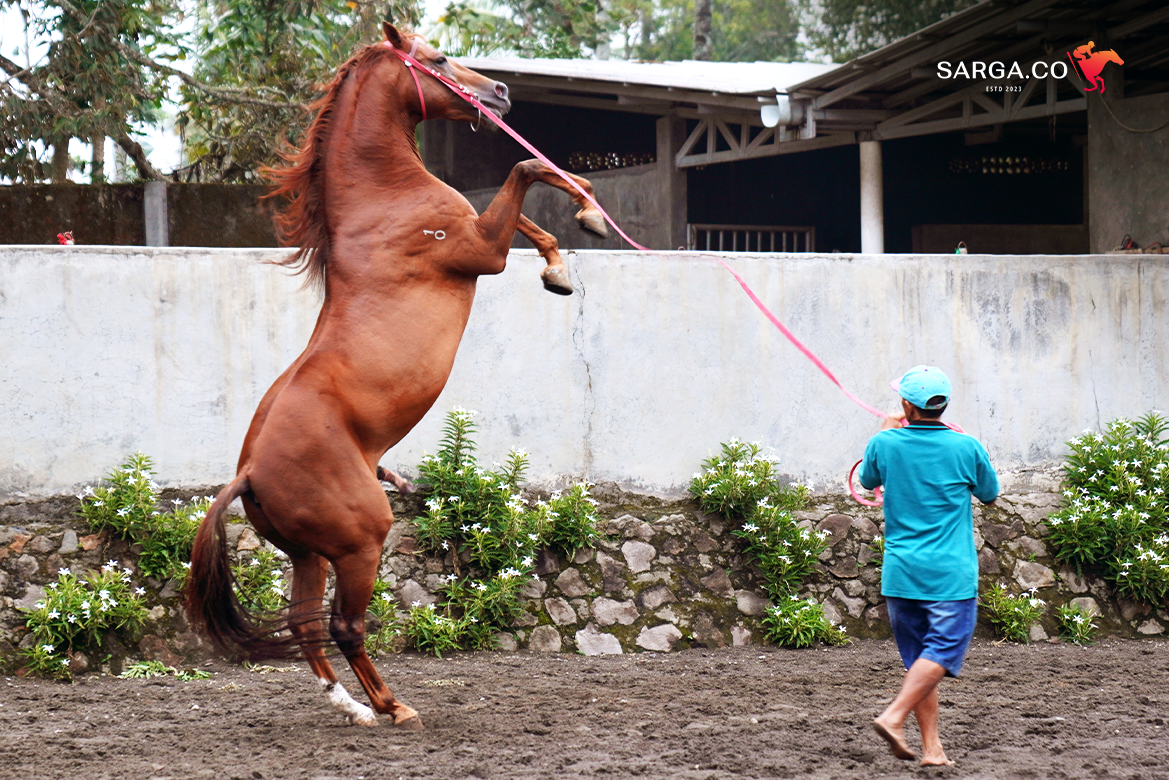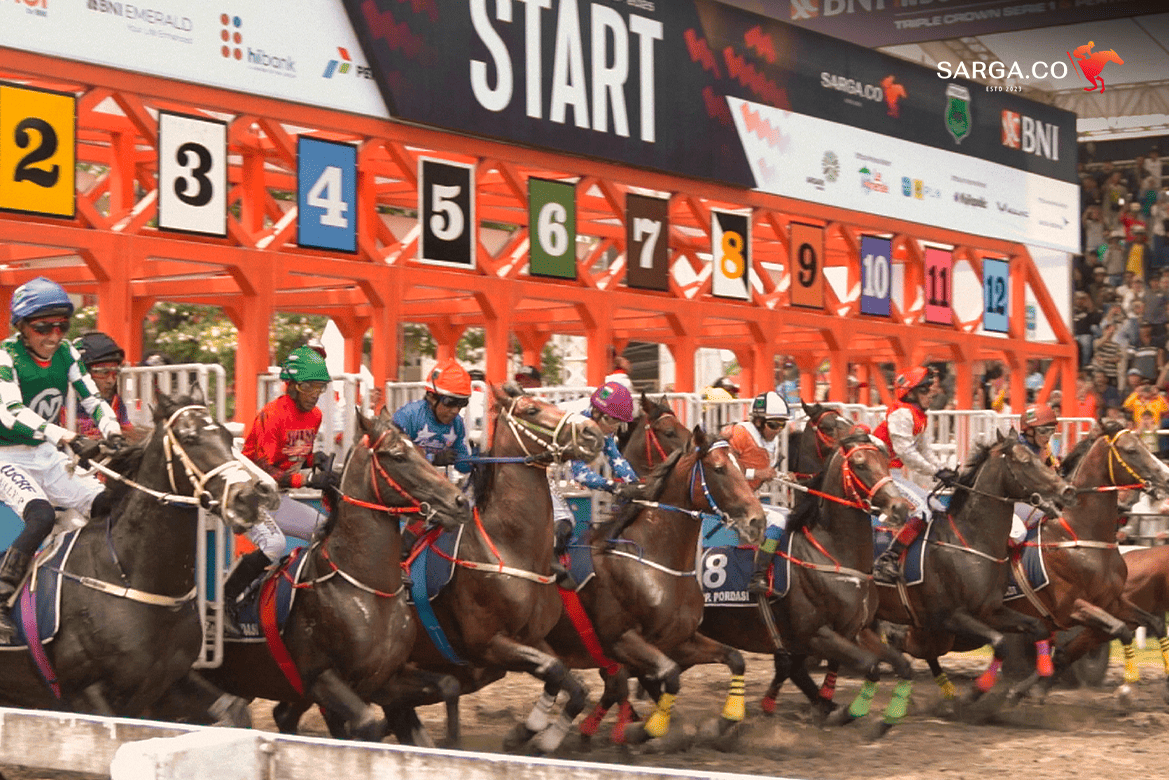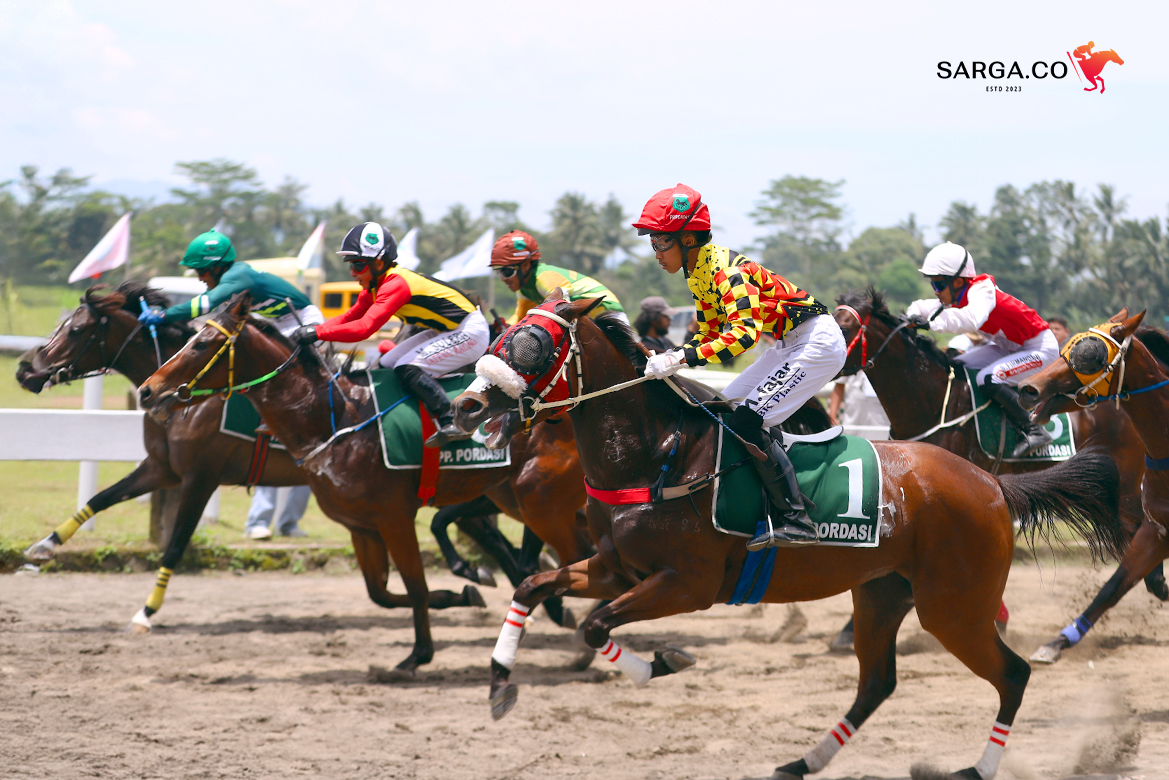SARGA.CO—Like other living beings, horses have unique psychology and emotions. They can read human emotions, interact within a social structure, and display distinct personalities.
Understanding how they think and behave can help build a stronger bond between humans and horses. So, what do horses think?
Horse psychology: Horses as social animals
According to an article uploaded by Paulina Kornelia on SCRIBD titled “Horse Behavior,” horses are social animals that prefer to live in groups. Previously, theories suggested that within a horse group, a hierarchy determined who had more power over others.
However, recent research shows that horses have a more flexible social structure and do not use aggression to organize their groups. They interact through positive body language, such as approaching one another, grooming each other, or using gentle body signals.
Horses can form friendships not only with other horses but also with different animals and humans. Many domesticated horses become anxious, restless, and challenging to handle if isolated.
Horses kept in enclosed stables without visual contact with other animals may need a companion, such as a cat, goat, small pony, or donkey, to reduce stress. However, with proper training, horses can learn to feel comfortable being away from other horses and eventually develop trust in their caretaker.
When interacting with humans, they prefer firm yet calm owners. The right attitude and approach will make them more obedient and trusting.
This is also linked to their strong memory, as they can recall good and bad experiences over the long term. Training methods that involve rewards are more effective than punishment, as horses tend to remember favorable treatment better.
Survival instincts
As prey animals, horses have a fight-or-flight response, making them more likely to flee when threatened. Therefore, creating a safe environment and avoiding sudden movements that might startle them is crucial.
For this reason, domesticated stallions are often kept separately from other stallions. This is because they may feel threatened and instinctively challenge and fight each other.
To prevent injuries, stallions are typically housed in separate areas. Barriers are often placed in paddocks or open fields to prevent physical contact. Additionally, stallions are released for exercise at different times to avoid seeing or hearing one another.
In races or shows, stallions and mares often compete together. In such cases, stallions must be kept safe from mares to prevent unintended mating and from other stallions to avoid dominance conflicts.
Horse caretakers usually maintain a minimum distance of one horse length between each horse. However, proper training can help horses learn to stay focused and ignore the presence of other horses while working.
Horse emotions: More than just instincts

Handling by humans that makes horses feel comfortable and safe
Source: SARGA.CO
Horses can interpret the body language of other creatures, including humans, whom they perceive as predators. When socialized with human contact, horses typically respond to humans as non-threatening predators.
However, humans may not always understand this and might behave in ways that seem aggressive. Horses may see humans as attacking predators, triggering their fight-or-flight instinct.
On the other hand, if a human displays fear, a horse may interpret it as submission. A horse’s mind is dominant, and the human is lower in the hierarchy.
This can lead to more dominant and aggressive behavior. Horses can sense human emotions through facial expressions, body language, and tone of voice. Confidence and calmness will make them feel more at ease.
Therefore, effective horse handling requires humans to learn horse body language and adjust their responses accordingly.
Body language as an expression of emotion
Horses communicate in various ways, including vocalizations such as neighing or whinnying, touching, and sniffing. They use a combination of ear positioning, neck and head height, foot stomping, and tail movement to convey messages.

The shape of the horse’s ears facing forward
Source: Freepik
If a horse’s ears are pointed forward, it usually pays attention or tries to observe something in front of it. This can also indicate that the horse is calmly surveying its surroundings or assessing potential danger.

The shape of a horse’s ears facing forward and backward
Source: Pngtree
A horse can position one ear forward and the other backward, which indicates divided attention. This behavior is often seen when a horse is working with a human, as it must focus on its handler and the environment simultaneously.

The horse is focusing on a nearby object
Source: Freepik
A horse’s head position also reflects its focus. When looking at something far away, it will raise its head, while when concentrating on something nearby—especially on the ground—it will lower its nose and move its head almost vertically.

The shape of the horse’s ears facing backward
Source: Pngtree
One of the most prominent body language signs is when both ears are pinned back tightly, sometimes accompanied by rolling eyes that reveal the whites. This often signals pain or anger, which may be followed by aggressive behavior.
If this is combined with strong tail swishing, foot stomping, or pawing at the ground, it is a strong signal of discomfort, impatience, or anxiety. However, if a horse’s ears are slightly tilted backward but not tense, it may indicate boredom, fatigue, or simply relaxation.
Tail movements are also a form of horse communication. A relaxed tail swish often means the horse is flicking away biting insects or responding to mild skin irritation. However, aggressive tail swishing can indicate discomfort, restlessness, anger, or pain.

The shape of the horse’s tail is rising
Sumber: Pixabay
Horses show tension or excitement by raising their tails and flaring their nostrils. When alert or curious, they begin to snort and focus their eyes and ears on whatever interests or concerns them.
Horses generally do not use their mouths for communication as much as their ears and tails. However, some mouth movements can carry significant meaning.
For instance, bared teeth indicate an attempt to bite. If a horse makes chewing motions without food in its mouth, it is a form of self-soothing or tension release.
When scratched in a favorite spot, a horse may stretch out its upper lip. When fully relaxed, its lower lip and chin appear loose and droopy.
Stress and depression in horses
A poor environment, lack of social interaction, or harsh training methods can cause stress in horses. Signs of stress include specific body language cues such as chewing on fences or objects, repeatedly swinging their heads, or loss of appetite.
Diverse personalities
Each horse has a unique personality—some are brave, some are shy, and others are highly curious. Their personalities are influenced by genetics and life experiences.
Horses that receive positive communication and care tend to be more confident, while those that have experienced mistreatment may become wary and difficult to approach. Observing and training them regularly can help uncover their true character.
Building a harmonious relationship
Understanding horse psychology, emotions, and personalities can help build a more harmonious relationship with them. Recognizing their body language, natural instincts, and emotional responses can create a more comfortable environment and strengthen their trust in humans.




